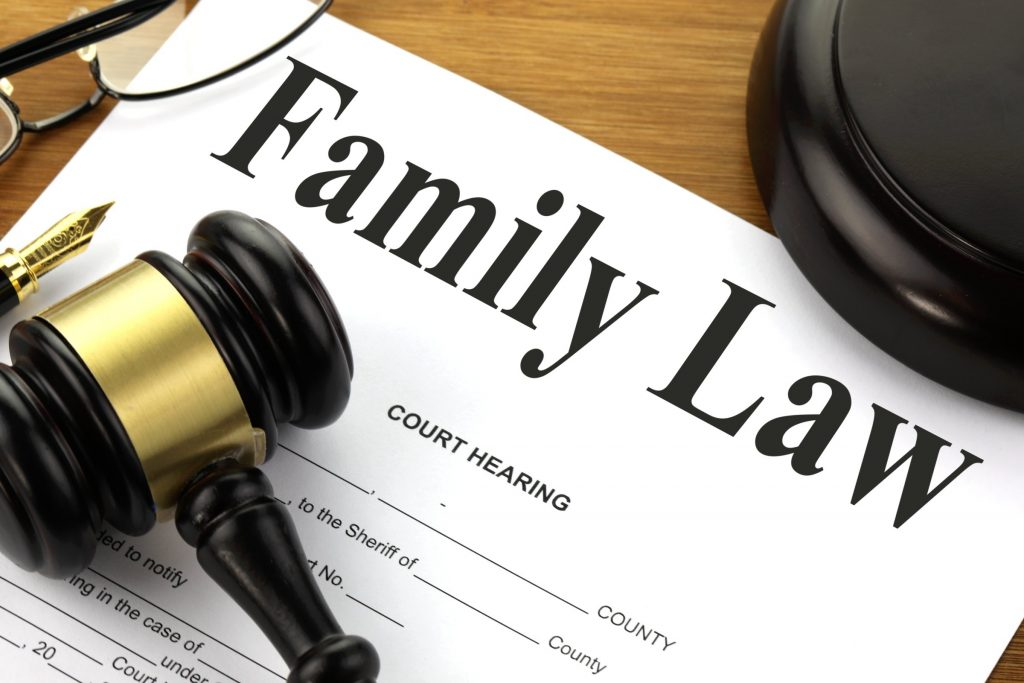The bankruptcy process is a high-stakes game for creditors and debtors. A thorough understanding of what a Chapter 11 reorganization entails is critical for related parties seeking to protect their interests.
What is Chapter 11?
Financially struggling companies often turn to Chapter 11 business bankruptcy attorney when facing a temporary downturn. A viable business can benefit from it by keeping its doors open long enough to regroup and reimagine the future. Whether the company fails to pay vendors, has difficulty meeting payroll or rent, or struggles with another pending obligation, it doesn’t matter. Chapter 11 debt relief helps companies get back on track.
Chapter 11 reorganizations offer a number of benefits, including relief from unsustainable debt levels, the ability to unravel burdensome contracts, and breathing space to develop a business plan. As part of the reorganization process, a new balance sheet reflects the current operational realities of a debtor and his creditors.
Small businesses and individuals are covered by Chapter 11 – For some small businesses, Chapter 11 bankruptcy is the only option. Under such circumstances, Chapter 11, Subchapter V includes special provisions to streamline and expedite bankruptcy for small business owners.
During reorganization under Chapter 11, creditors are given a higher recovery than in liquidation and debtors are given a second chance. Reorganizations under Chapter 11 have the following goals:
- Allow debtors a fresh start by freeing them of prepayment debts.
- All creditors should receive a fair and equitable distribution.
- Allow breathing room to create a reorganization plan.
- Consolidate all disputes involving the debtor in one place.
- Give debtors the power to unravel unprofitable agreements.
- Provide creditors with greater recovery than they would receive in a liquidation.
There are a variety of motions, objections, notices, applications, affidavits, orders, and other filings in a bankruptcy case. However, the following is a general outline of how Chapter 11 transforms a distressed company into a reorganized company:
- Retaining lawyers and advisors to represent the debtor.
- Adopting a bankruptcy resolution or resolution by shareholders.
- Filing of the petition of bankruptcy by the debtor.
- The bankruptcy court begins the bankruptcy proceedings.
- Executory contracts and unexpired leases are assumed or rejected by the debtor.
- Proof of claim submission by creditors prior to the claims bar date.
- Business reorganizes after Chapter 11 bankruptcy.
- Preferences that cannot be cancelled, fraudulent transfers, prepetition litigation, rejection damages, and other disputed claims
- As per the plan of reorganization, bankruptcy estate assets are distributed to creditors.











